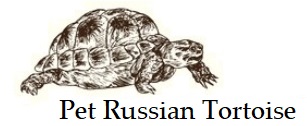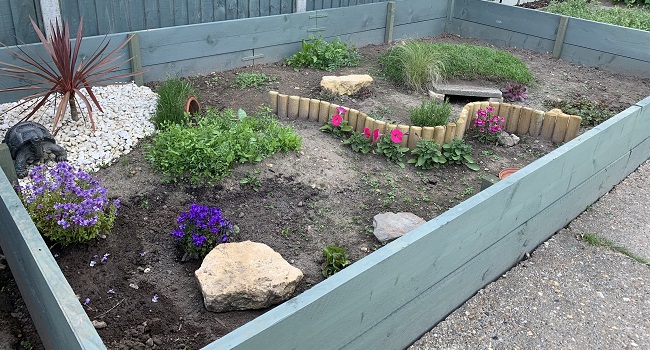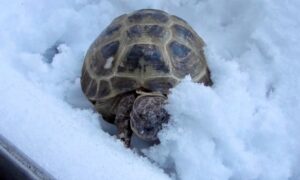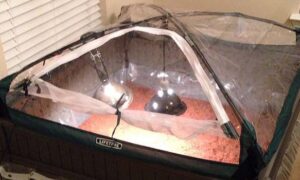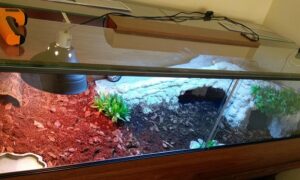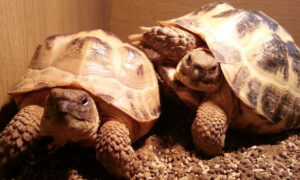Russian tortoises do best in outdoor enclosures with plenty of shade and food to graze on. However because they are a smaller species, Russian tortoises do not have to go outside. Russian tortoises can live long, healthy lives in an indoor enclosure. That said, the best habitat for a Russian tortoise is housing with plenty of space, proper heating and lighting, good substrate and shade.
Outdoor Habitat for Russian Tortoise
If you’re able to safely house a pet Russian tortoise outside, you can use a pre-made tortoise house or build a tortoise habitat. Often, building an outdoor enclosure is cheaper because you can easily customize it to your yard and the landscaping you plan on putting inside the enclosure.
When making an outdoor habitat for a Russian tortoise, try to stick with the following calculations as to how big the enclosure should be.
- 10 times as long as the Russian tortoise’s length
- 5 times as wide as the Russian tortoise’s width
- 3 times as high as the Russian tortoise’s height
Ensure the outdoor enclosure is large enough for proper shade and shelter. You can plant tortoise safe flowers, grasses and greenery.
Whether you build or buy an outdoor house for a tortoise, make sure the walls are tall enough and there is an underground barrier to prevent the tortoise from digging out.
If you’re setting up an outdoor house for a baby Russian tortoise, make sure to take precautions that the baby tortoise will be safe from predators.
Indoor Housing for a Russian Tortoise
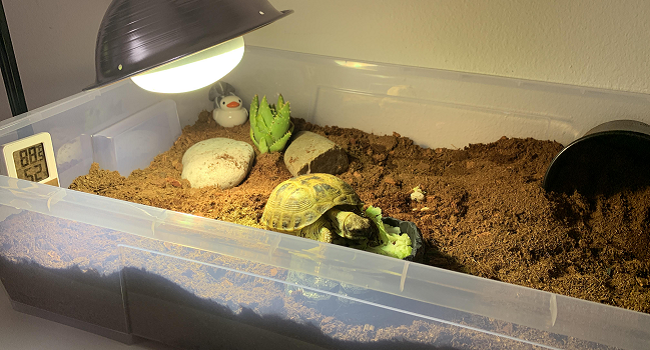
Whether you plan on housing your Russian tortoise inside year round or just during the winter months, you’ll want to set up an enclosure that is not only big enough, but will also provide proper heating and lighting.
Because you don’t get natural UV inside, setting up an indoor source of UV is important. UV is vital for calcium absorption and proper growth.
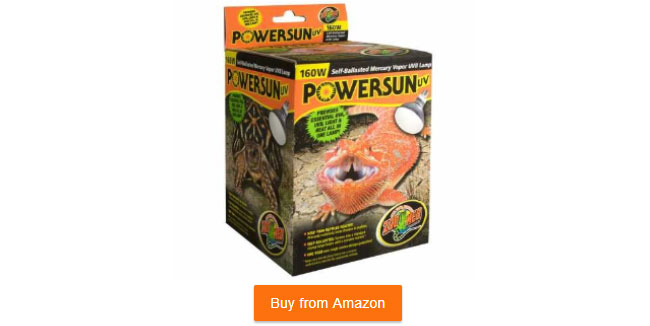
Heat is also very important for a healthy tortoise. Even if you have your home thermostat set for 75°F, which is a nice ambient temperature for Russian tortoises, you still need to set up a basking area. It’s important to provide a basking area of 90-100°F. Use a good heat bulb, like a ceramic heat emitter or a flood bulb.
Another important aspect of setting up an indoor Russian tortoise enclosure is to have a safe substrate. Russian tortoises are diggers. There are many different types of substrates that will work for tortoises, however some are better than others.
Safe tortoise substrates include Coconut Coir, Orchard Bark, Cypress Mulch, Top Soil, and Peat Moss

When setting up a habitat for a Russian tortoise, it’s important to ensure that the tortoise is safe and all housing requirements are met. A Russian tortoise can live a long, healthy life in an inside enclosure or an outside enclosure.
